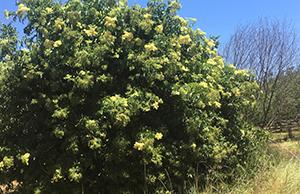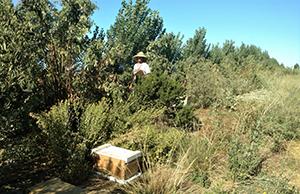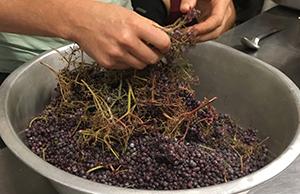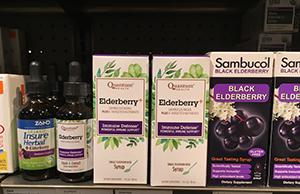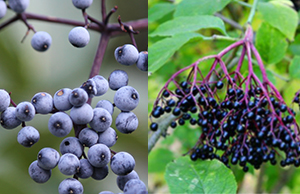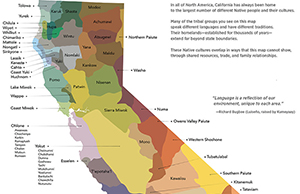Elderberry as a Hedgerow Crop for California Farms
“When we think about building sustainable farming practices, we can think about the whole farm as being a site of both conservation and profitability,” said Sonja Brodt, the project's principal researcher at UC SAREP. “Elderberries may have the potential to combine crop production with environmental conservation functions in a way not typically seen on California farms. This model would enable small- and medium-scale farmers to receive a direct income from a farm practice that benefits the ecosystem as well.”
Native hedgerows on farm edges benefit wildlife, pest control, carbon storage and runoff, but hedgerow planting by farmers in California is limited, often due to establishment and maintenance costs. What if hedgerows could provide a source of farm income, to offset costs? California’s native blue elderberries are already often planted in hedgerows, and grow in a wide range of conditions, from arid interior valleys to coastal areas and into the mountains, with strong potential to adapt to a changing climate and growing water constraints. In the meantime, with growing consumer interest in health foods, elderberry product sales nationwide have jumped 10-50% in recent years (Mohebalian 2012), but almost no commercial supply originates in California. Although native blue elderberry was historically an important food for California native tribes, who continue to gather elderberry from the wild for traditional uses, little is known in the commercial agriculture and food sector about growing, marketing, or food chemistry of California elderberries.
The UC Sustainable Agriculture Research and Education Program is collaborating with Cloverleaf Farm in Solano County and several other growers in the Central Valley and coastal counties to assess and develop the potential for elderberries to become a commercial specialty crop, with a focus on hedgerow-grown elderberry production and marketing for small- and mid-scale California farms. A production and marketing guide, cost and return study, market analysis, and farmer and buyer outreach activities will be key outputs. Berries will also be analysed for flavor and nutrition components across native blue and North American cultivars.
By providing access to new information on varietals, cultivation and harvest methods, as well as marketing of a new specialty crop, project leaders hope that more small- and mid-scale farms will be able to benefit from the ecosystem services and new income from hedgerows.
Contact: Sonja Brodt - email: sbbrodt@ucanr.edu

